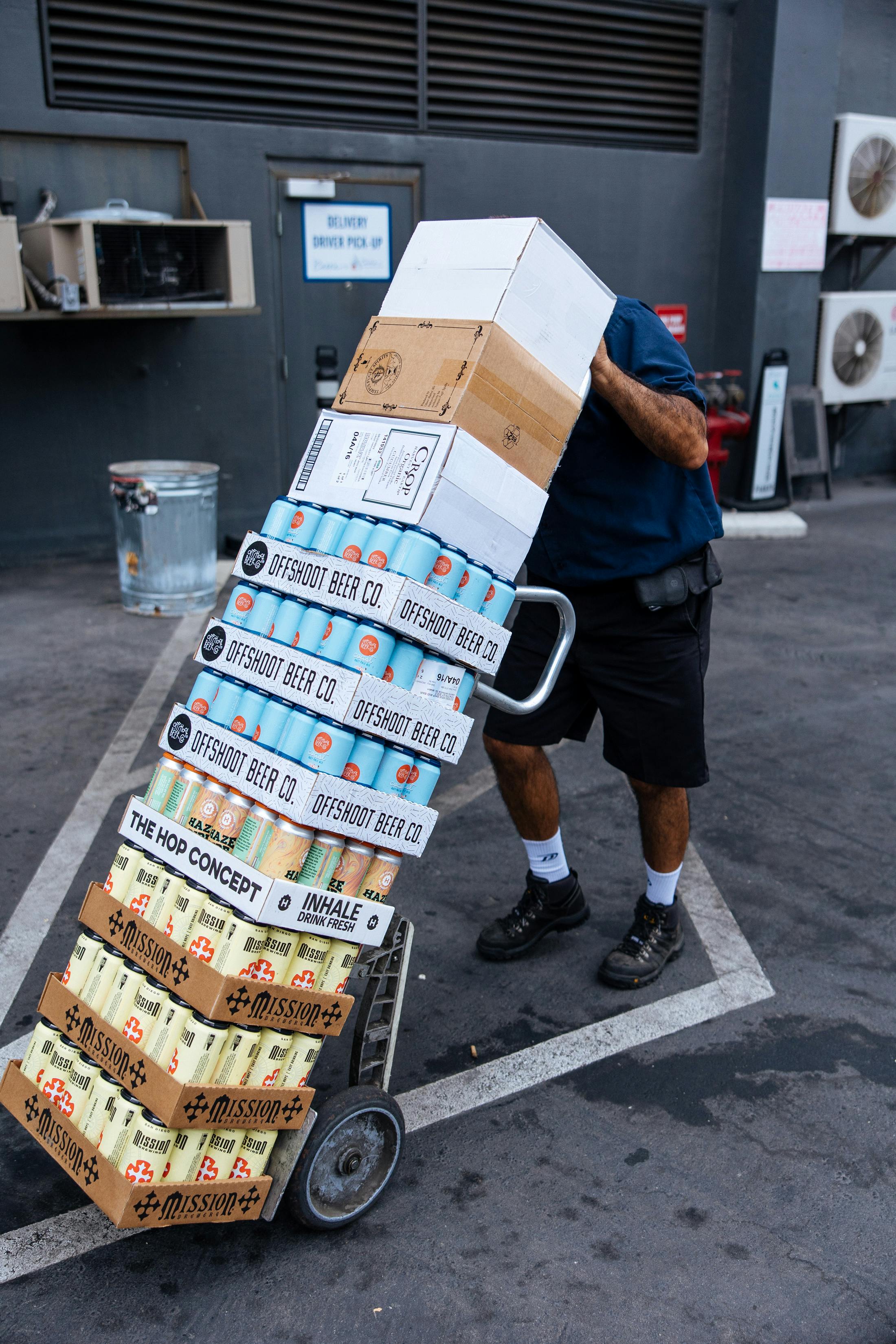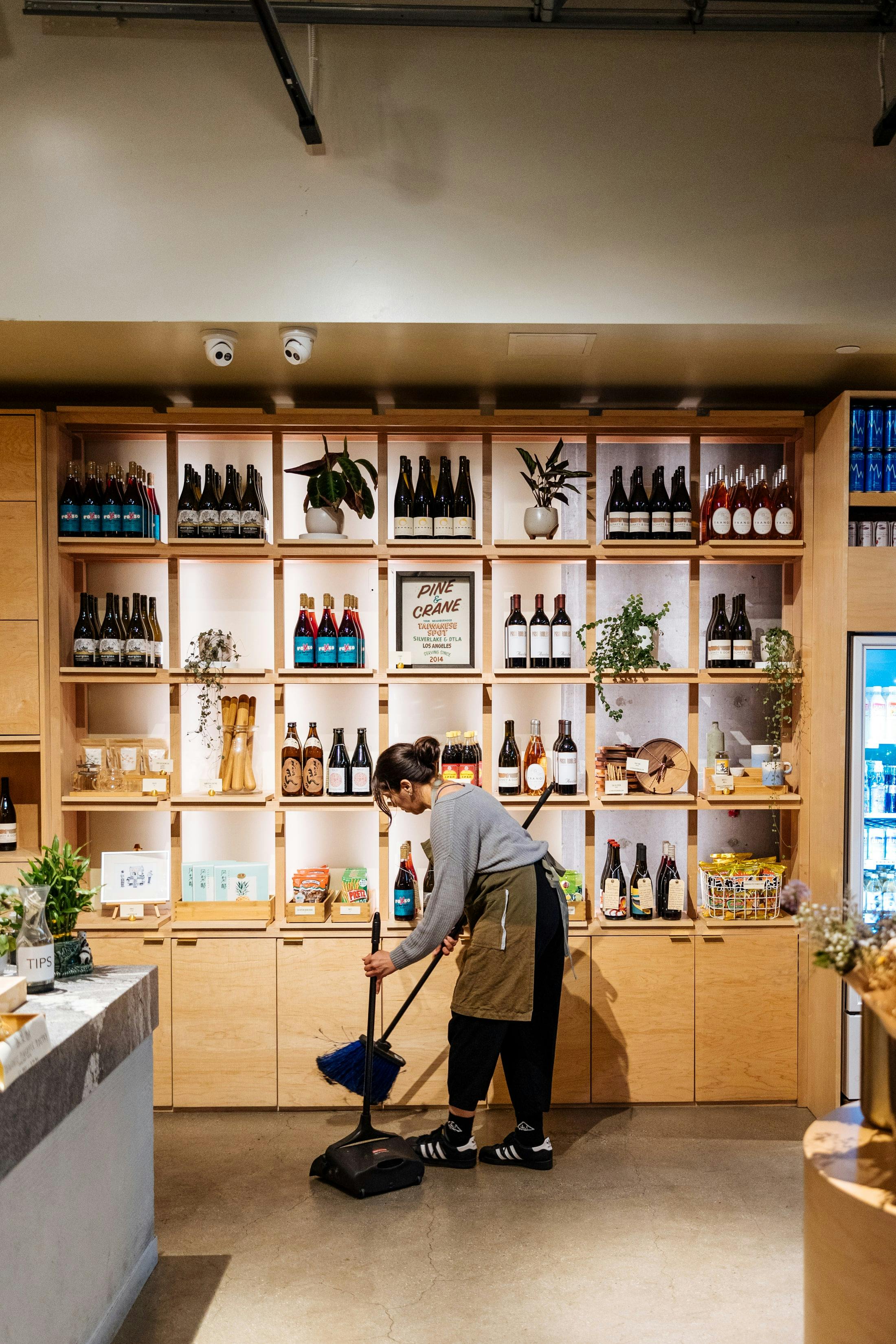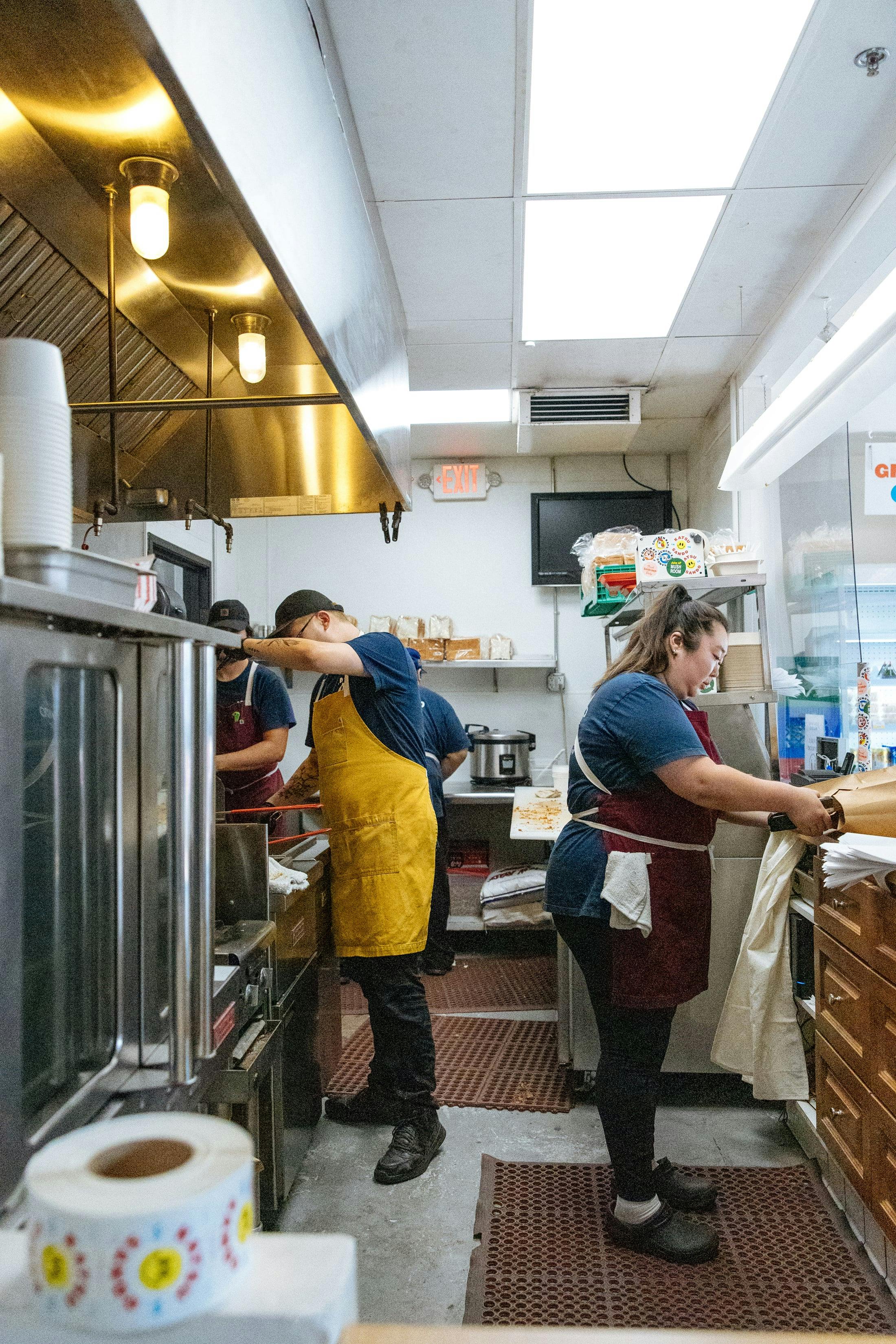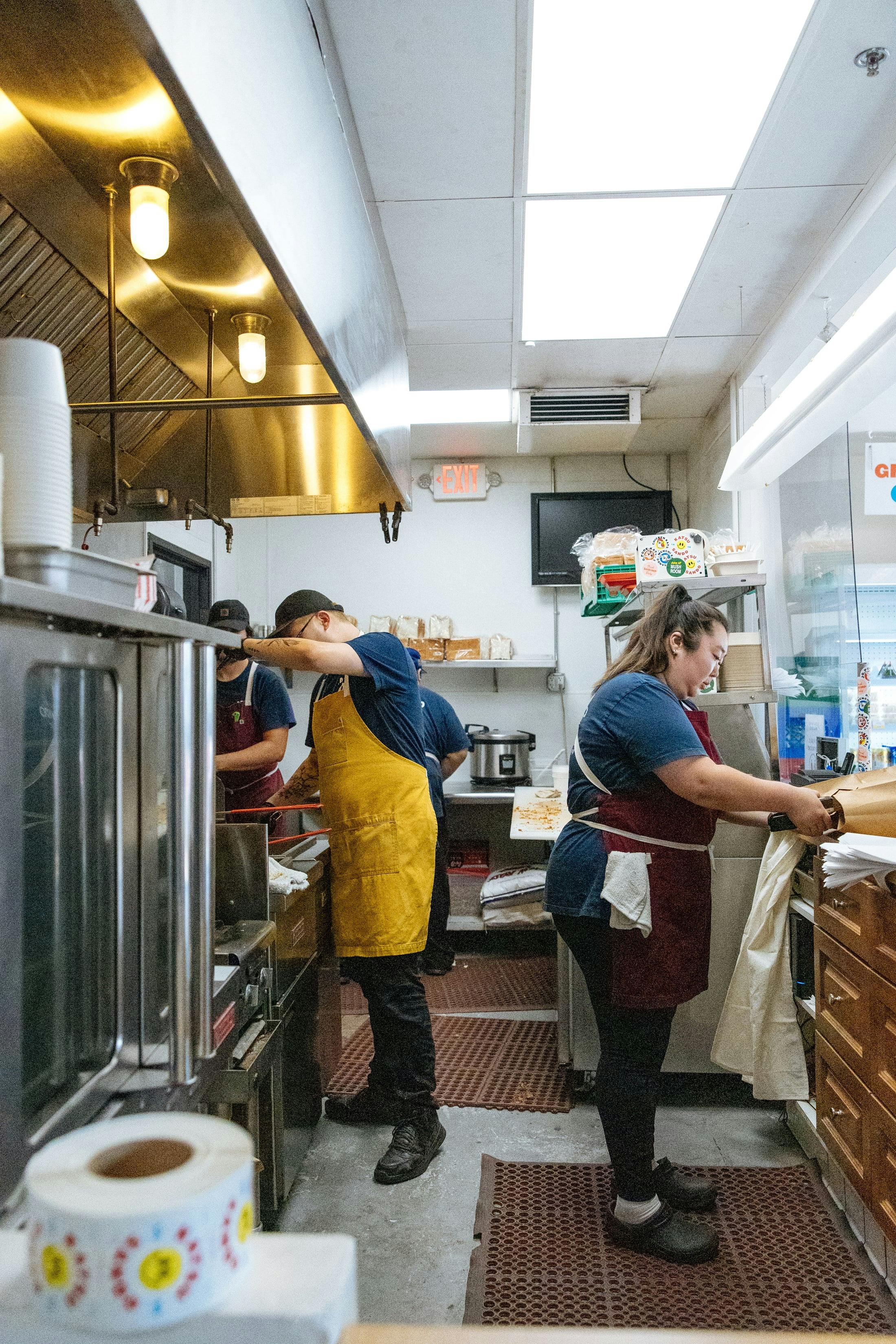
Struggling to find qualified employees? You’re not alone. Restaurant staffing shortages continue to pose a significant obstacle for operators who rely on waitstaff, dishwashers, and chefs to power their businesses. Despite progress in the industry’s recovery from the pandemic, nearly 2 million jobs in the hospitality sector remain unfilled.
In this blog post, we'll take a closer look at the root causes of the restaurant industry’s labor shortage. We’ll see how the issue has evolved over time, and discuss some practical solutions that can help combat it. With this information, your restaurant can get back to offering best-in-class operations and customer service.

How we got here
The COVID-19 pandemic had a quick and profound impact on the restaurant industry’s labor force. Among the 20 million Americans who lost their jobs in 2020, restaurant workers were some of the hardest-hit. Strict lockdown measures led to the closure of many restaurants, resulting in mass layoffs and resignations.
While other countries provided wage subsidies to support workers during this time, American restaurant staff relied heavily on unemployment benefits. Even as restaurants gradually reopened with reduced capacities, many workers chose not to return due to health and safety concerns. In the years following the lockdown, it became clear: a significant amount of restaurant workers had left the industry for good.

It’s been three years. Where did all the restaurant workers go?
While unemployment benefits may have played a part in the restaurant workforce’s initial wave of departures, underlying reasons are more complex. The industry has long struggled with high turnover rates. Even prior to the pandemic, restaurant workers expressed dissatisfaction with their compensation and working conditions.
It’s also worth mentioning that the gig-work industry, a newer labor model, grew by 33% in 2020. (This was 8.25x faster than the US economy as a whole that year.) 2 million of those gig economy employees tried this type of work for the first time in 2020. Undoubtedly, some of them were former restaurant staff. You’re likely already aware that the freedom afforded by the gig economy is attractive to many workers in our society today.
Additionally, 2.5 million workers have retired or died since 2020, further reducing the workforce. According to a recent study by the National Bureau of Economic Research, the pandemic saw a significant number of retirements. This opened up opportunities for low-wage workers to transition to "professional occupations."

Recap of key cultural shifts that resulted in the labor shortage
1. Forced restaurant closures during the pandemic led to mass restaurant staff layoffs. Many of these former restaurant professionals took this time to look for work outside of the industry.
2. The restaurant industry has always faced high turnover rates – even pre-pandemic.
3. Over the years, dissatisfaction with the amount of work required for the restaurant industry’s wages has been bubbling up. Post-COVID, many decided that another industry may fit their professional desires better.
4. The gig economy grew while restaurant jobs shrunk in 2020. One might infer that those who couldn’t find restaurant jobs during the pandemic tried out this new gig-work model, instead.
5. General death & retirement plays a role in this shift, too. The restaurant industry’s workforce pool has shrunk by around 2.5 million workers since 2020 due to these two factors.
Stats on the restaurant industry’s labor shortage:
- The restaurant industry cut more than 356,000 positions in December 2020 (the largest single-month decrease in recent history).
- From October 2021 to March 2022, the hospitality sector’s average unfilled job openings exceeded hires by 500,000 each month.
- As of April 2022, restaurants were still 794,000 jobs (6.4%) below their pre-pandemic employment levels.
- As of December 2022, there were roughly 11 million job openings in the American workforce. Over 10% of those openings were in food service.
- The restaurant industry has long relied on immigrant workers, and immigration rates are still below what they were pre-pandemic.
- Right when the situation began to improve, inflation caused nearly one third of restaurants to cut staff and reduce hours.
- Amidst mass layoffs and hiring freezes, 11% of small restaurant owners were reducing their staff size in early 2023.
- Average hourly wages for the restaurant industry have risen by 21% since February 2020.
- 62% of restaurants say they can’t staff up to meet demand. 80% say they have a hard time filling open positions.
- In late 2022, 27% of restaurant workers surveyed said they plan to leave the industry within a year.
- The same study found that 58% of restaurant workers felt happy about their jobs, but 56% said they felt burned out.
- Over 87% of restaurants are looking to hire in 2023 if they can find

The current situation
It’s not all bad news. The food service industry has made some progress towards returning to its pre-pandemic workforce numbers. According to the Washington Post, the hospitality industry added 128,000 new jobs in January alone; more than any other sector.
These new jobs were mainly driven by layoffs from tech giants, insurance firms, real estate companies, and more. As a result, experts predict that many restaurant workers that moved to office jobs might be returning to the food service sector.
4 ways to deal with restaurant staffing shortages
1. Nurture your existing staff
As an operator, you must invest in your restaurant’s most important asset: your employees. When it comes to the labor shortage, retention is just as important as recruitment. So how can you make your employees feel valued?
Providing competitive pay and benefits is the most obvious way to reduce staff turnover. However, it’s important to note that not all restaurants have the ability to offer such perks in a competitive job market.. Fortunately, creating a positive work environment is an impactful and cost-effective way to retain your customer service workers.
Scheduling staff parties and one-on-one meetings to loop your team into high-level business decisions goes a long way. To make better staffing decisions, use Staff Analytics to simplify your restaurant's operations, monitor your staffing trends, and increase profitability. Don't forget to check out our 43 restaurant chalkboard and tip jar ideas to help rank your team's tips!
2. Make your job posts interesting
When it comes to filling open positions, get as creative as possible! First, put a sign outside your business to clarify your hiring expectations. You never know who could be walking past in need of a job. Second, post across your restaurant’s social media channels to spread the word. Since many hire younger workers for seasonal service, appeal to Gen Zers by posting positions on their favorite apps: Instagram and TikTok.
3. Invest in tech
When you think of “restaurant technology,” you might picture a sci-fi scene where robots take over the world. But the future is now, and some restaurants are already utilizing robots and kiosks to support their staff!
There’s no quick fix to restaurant staffing shortages, but there are solutions to help you optimize your operations. Here at Otter, we’ve recently introduced a new solution that can help you reduce labor costs.

4. Cut labor costs with QR Code ordering
Digital Dine-in is a platform built to help you increase sales, streamline operations, and reduce labor costs through QR ordering. With Dine-in, your restaurant can:
Save on labor costs & staff shortages
A smaller staff doesn’t have to mean fewer orders. Dine-in helps you make the most of your team’s limited time.
Increase table turnover & sales
Turn tables faster and increase ticket sizes with user-friendly QR codes that place orders in less than 4 minutes.
Streamline operations
Sync all orders with your existing POS and send them directly to the kitchen, avoiding manual errors & order issues.
Provide a great dine-in experience
Give customers a QR code that they can use to open tabs, split costs, and make flexible payments. (Apple Pay, Google Pay, and card payments are currently supported.)
Already using Otter? Great! With Digital Dine-in, you can get even more out of Otter’s solution suite. Start processing orders today with this easy setup:
- POS already integrated?
Send your Dine-in orders straight to the kitchen.
- Using Order Manager?
Dine-in orders will flow directly into the same tablet.
- Creating a QR code menu?
Update it the same way as your existing menus.







